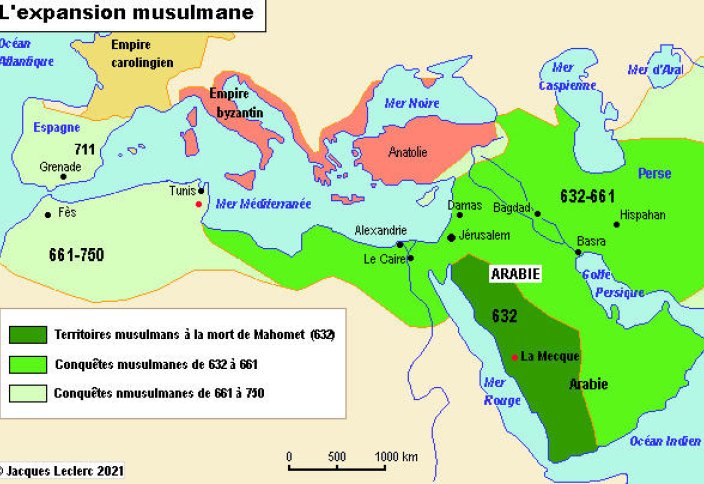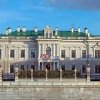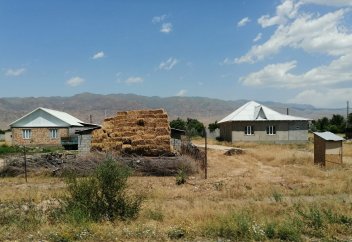|
Фраксине, мусульманский торговый пост 10-го века в Сен-Тропе
|

Прежде чем стать всемирно известной приморской горячей точкой, Сен-Тропе был домом для мусульманского торгового поста, тщательно охраняемого сарацинами в 10 веке. Позже он стал пиратским городом в 16 веке, затем скромной рыбацкой деревушкой на Французской Ривьере на заре 20 века и, наконец, ярким центром для художников Новой волны в 1960-х годах. Регион, известный своей цитаделью Фраксинет, ощутил на себе влияние мусульманских завоеваний еще в конце 9-го века.
В 10 веке в Сен-Тропе располагался сарацинский торговый пост после мусульманского завоевания около 890 года, вероятно, под предводительством моряков из Аль-Андалуса. Эта историческая земля, расположенная на перекрестке морских, торговых и военных путей в Средиземном море, стала свидетелем эволюции цивилизаций из-за своей близости к Сардинии и Сицилии. На протяжении веков французская коммуна впитывала эти влияния. На рубеже 9-го века эта территория пережила мусульманские набеги и вторжения в Южную Европу, где Аль-Андалус и итальянские острова пережили столетия правления халифа.
Fraxinet появилась на фоне многочисленных вооруженных столкновений за власть. Наряду с Тремя разграблениями Рима в 846, 849 и 876 годах, набеги были нацелены на Прованс, в том числе на Марсель в 838 и 846 годах. Одновременно мусульманские силы создали базы в Камарге (Франция), Бари (Италия) и Крите (Греция) в течение 9-го века. Больше, чем просто форпост корсаров в Сен-Тропе, Фраксине стал важной экономической и политической достопримечательностью, хотя исторические записи остаются скудными.
Некоторые источники связывают мусульманское прошлое Сен-Тропе с этими вторжениями, оставляя неизгладимый след в коммуне. Мусульманский летописец и географ 10-го века Мухаммед Абуль-Кассем ибн Хаукаль упоминал Фраксине в своих путевых заметках. Известный своими путешествиями между 943 и 969 годами, автор знаменитой книги «Конфигурация Земли» описывает остров в устье Роны, недалеко от Аль-Андалуса, напоминающий Балеарские острова.
Автономная мусульманская твердыня
Historian and chronicler Ibn Hayyan al-Qurtubi (987–1076) refers to an Umayyad «peace treaty» sent around 941 to affiliated territories, including Fraxinet’s leader. According to this scholar from Córdoba, the border area primarily served a military function, acting as a fortress and launch point for offensives. Despite its distance from the caliphal center in Al-Andalus, the trading post was managed by leaders who maintained significant autonomy.
This collection of historical clues suggests that Fraxinet’s warriors founded their Saint-Tropez outpost for defensive purposes, reinforcing border Muslim raids. Political instability in the region facilitated the rapid conquest of southern European lands. Additionally, the fertile land fostered agricultural and economic prosperity, even as the Fatimids (909–1171) rose in Egypt, North Africa’s Ifriqiya, and Sicily before the Norman conquest in the 11th century.
In The Saracens of Fraxinetum in the 10th Century, published in Islamic Lands and the Latin World (Presses universitaires de Lyon, 2000), medieval historians Pierre Guichard and Denis Menjot confirm these insights. They note that «Provence suffered from Saracen raids since the mid-9th century, similar to southern Italy». However, these repeated attacks mainly affected the western region and did not quickly lead to lasting settlement. The second wave of invasions, however, brought about deeper changes «for nearly a century», as testified by Bishop Liutprand of Cremona (920–971/972), cited by the authors.

«A familiar of Otto I, whom he served as ambassador to Byzantium, Liutprand lived for a long time at the court of Hugh of Arles and had good knowledge of Provence. In his main work, dedicated to Bishop Recemund of Elvira, the Antapodosis (‘Reprisals’ against Berengar II of Ivrea), he recounts the events in Provence from the Saracens’ arrival to their final defeat», the researchers explain. They add that the Saracens’ settlement «may have begun with a fortuitous event: the shipwreck of a marauding boat from Umayyad Spain».
Военная база для вторжений на север
Guichard and Menjot further explain that the new conquerors «were reinforced between the late 9th century and early 10th century» to «take over the forested scrubland of the Maures and fortify themselves on the Fraxinet peninsula, in the Gulf of Grimaud (Var)». From this base, «they devastated eastern Provence, raided deep into the Alps, and created a genuine climate of insecurity», the historians emphasize. The Saracens’ raids intensified alongside escalating political struggles in the Kingdom of Arles.
The authors note that «King Hugh secured the Byzantine emperor’s support, whose troops blockaded Fraxinetum in 942, but Hugh’s rival Berengar of Ivrea engaged the Saracens, angering Liutprand. Emperor Otto unsuccessfully negotiated with the Caliph of Córdoba to recall the Muslim bands. The capture of Abbot Mayeul of Cluny at the Great Saint Bernard Pass provoked a strong reaction, leading to military operations — primarily by Count Guillem of Provence against Fraxinetum — resulting in the Saracens’ final expulsion in 972».

In Fraxinetum: An Islamic Frontier State in Tenth-Century Provence, Mohammad Ballan describes the Andalusian colony of Fraxinet as an «Islamic frontier entity» developed into a significant economic and military center in Provence. Serving as an advanced post of Al-Andalus, Fraxinet had the dual purpose of defense and community enrichment, as Ibn Hawqal described.
Thus, the Saracens proclaimed their emirate of Fraxinet to invest in the territory and use it as a base for larger-scale northern military expeditions. Notably, they controlled western Alpine passes and dominated trade routes between France, Italy, and Switzerland, parts of which were under their control.
Between 890 and 972, the Saint-Tropez peninsula was an Arab-Muslim colony known as Jabal al-Qilâl («Mountain of Peaks«) or Farakhshinit — the Arabized form of the Gallo-Roman fraxinetu. The region was governed by Nasr ibn Ahmad, appointed caïd around 940. The Saracens were definitively expelled in 976 by Guillaume I, Count of Provence (960–993) and Lord of Grimaud, who fortified the city by building a tower on the current site of the Suffren in 980.
Yabiladi













